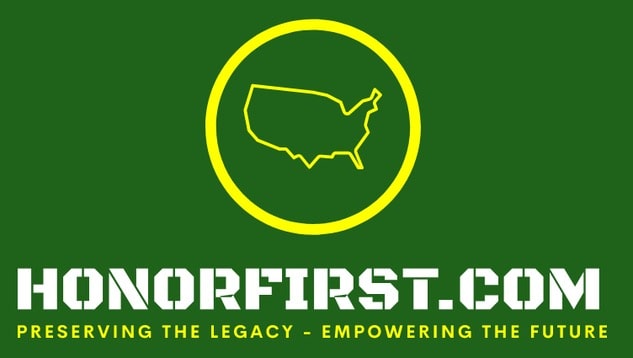March 5 - March 11IntroGood morning, Welcome to another This Week in USBP History! The U.S. Border Patrol's Values (Part 3) In the last two blog posts, we explored the U.S. Border Patrol's values. We began by discussing the Patrol's motto, "Honor First," its origins, and the values it might represent (remember, the Patrol has not defined its meaning). We then moved on to examine the Patrol's formal awards system, the USBP Honorary Awards, which were created in 2018. We discussed how an organization's values are codified in its awards system and how the USBP's Honorary Awards demonstrate the values that the Patrol holds in high regard. In this blog we will look at the historic actions of the Patrol to extrapolate its values. Remember, actions and inactions speak louder than words. The work I’m going to present was compiled years ago by retired Deputy Chief Patrol Agent Joseph Banco. I’ve said before and its worth mentioning again, I give a constant trickle of USBP history with this blog, but Joe authors incredible books full of verified and well referenced history. His books are the authority on USBP history. Please take the time and read more about Joe and find out how to buy his books. They are absolutely must reads for current and former USBP personnel, and anyone curious about the Patrol. The following is Joe Banco’s work that I have lightly edited. U.S. Border Patrol History – Historic Deployments National Security
Civil Disturbances
Natural Disasters U.S. Border Patrol Agents have supported security, law enforcement and humanitarian assistance efforts in the aftermath of numerous natural disaster such as:
Significant Border Security Operations
That’s a lot of stuff and I’m sure we could find more. But what do all those occurrences tell us about the Patrol’s values? I’m reminded of the definition of Esprit de Corps that was drafted for the Patrol. When I look at all of those occurrences, I know that I was part of an organization that is rich in history, has a tradition of performing meaningful work, and a culture of making a difference. It fills me with pride! And it is easy to see the Patrol's values, making a difference through action. And the Patrol has made a difference for decades. Those differences can be generally categorized as enforcing the laws of the United States, and providing humanitarian assistance to those in need. It is a very impressive organizational resume. This week starts in 1904 with a letter of recommendation from the Governor of the Territory of Arizona for Jeff Milton to be a Chinese Inspector. In 1925, the Detroit District Director wanted Patrol Inspectors to be designated as special agents of the Prohibition Department. There were gunfights in El Paso, and much more! We remember Adam Ruiz on his Newton-Azrak Award action anniversary. We remember four of our fallen on the anniversary of their deaths. Enjoy and have a great week! Cliff PS -
ESPRIT DE CORPSThe workplace climate resulting from a combination of organizational pride and employee morale.
Esprit de corps is reinforced through the shared goals, mission and values of the organization and its employees. The definition turns Esprit de Corps into a simple formula and defines parts that comprise organizational pride and employee morale. Esprit de Corps = Organizational Pride + Employee Morale Esprit de Corps is the key to a healthy organization and engaged employees. Honor First is foundational to the Border Patrol's organizational pride and integral to its Esprit de Corps. DOCUMENTS AND EVENTS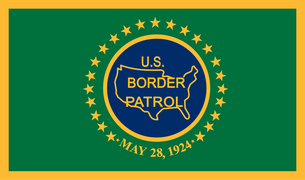 U.S. Border Patrol Flag U.S. Border Patrol Flag 1904
1925
1928
1929
1931
1935
1937
1949
1995
1998
2003
NEWTON-AZRAK AWARD ACTION ANNIVERSARIESFollow this link to see examples of USBP employees Upholding Honor First.
2008 Adam R. Ruiz Supervisory Border Patrol Agent Rio Grande Valley Sector Supervisory Border Patrol Agent Adam R. Ruiz was recognized for demonstrating unusual courage during an extremely dangerous and stressful situation. On March 11, 2008, while performing his assigned duties on U.S. Highway 281 near San Manuel, Texas, Agent Ruiz encountered a vehicle traveling northbound he suspected of being involved in human trafficking. After initiating a vehicle stop, he observed the vehicle pull over on the shoulder and into the grass off the highway. The driver absconded and the vehicle continued to travel forward and back onto the highway. While taking immediate action to prevent the vehicle from rolling into the oncoming traffic, Agent Ruiz discovered the brakes were not functioning and maneuvered the vehicle off the northbound lanes, avoiding a major collision with other traffic including a semi-tractor trailer. After finally bringing the vehicle to a stop, he discovered that there were 10 undocumented aliens in the vehicle. With the assistance of Rio Grande Valley CBP air assets, the driver was located. U.S. BORDER PATROL FALLEN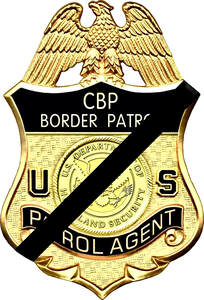 U.S. Border Patrol Badge with a Mourning Band U.S. Border Patrol Badge with a Mourning Band As of December 7, 2022, the U.S. Border Patrol has suffered 153* fallen. Titles:
The names that appear below hold a place of honor. They have made the ultimate sacrifice in an effort to fulfill the oath each officer took to protect and defend the United States of America. The facts regarding each officer are presented without major editing of the "language of the day" found in the reports detailing the circumstances of each event. This is done to provide the reader an association with historical timeframes. Employees who died in the line of duty due to being exposed to deadly illnesses will not have the cause of death listed. I will note that Border Patrol Agent John Charles Gigax is not recognized as officially fallen by Customs and Border Protection or the U.S. Border Patrol. The Border Patrol Foundation and the Border Patrol Museum also fail to recognize him. He is remembered by all except organizations containing "Border Patrol" in their title. He is remembered by the:
The U.S. Border Patrol, the Border Patrol Foundation, and the Border Patrol Museum should fix their oversight. HonorFirst.com remembers and lists Agent Gigax among the fallen. 1933
Philip D. Strobridge Date of Birth: December 28, 1904 Entered on Duty: October 1, 1930 Title: Patrol Inspector End of Watch: March 7, 1933 Details: In the early morning hours of March 2, 1933, Patrol Inspectors Philip D. Strobridge and Harold W. Brown were injured when the government automobile in which they were riding left the highway in a fog near Fallbrook, California. The officers, accompanied by Senior Patrol Inspector Irvin J. Curtis of Elsinore, California, had been detailed to Los Angeles to appear before a Federal Grand Jury and to work information relative to smuggling in aircraft. The three officers left Los Angeles at approximately 11:00 p.m., enroute to Elsinore and then on to Chula Vista. They encountered heavy fog, which hampered the driver's vision and prompted very slow driving. Near Puente, they came upon an accident on the highway in which several persons had been severely injured. The Patrol Inspectors spent about 45 minutes at the scene of the wreck directing traffic to keep the road clear and to prevent further accidents.They were relieved on arrival of Los Angeles County Deputy Sheriffs and resumed their return trip to Elsinore where Inspector Curtis lived. Reports of the accident revealed the government automobile left the highway on an "S" turn and crashed into a concrete abutment. Patrol Inspector Strobridge suffered a frontal fracture of the skull. He was transported to the U.S. Naval Hospital, San Diego, where he passed away at 1:35 p.m. on March 7, 1933. Gravesite 1947 Anthony L. Oneto Date of Birth: December 29, 1916 Entered on Duty: October 24, 1940 Title: Patrol Inspector End of Watch: March 11, 1947 Details: On March 11, 1947, while conducting routine traffic checks near Indio, California, Patrol Inspectors Anthony L. Oneto and John L. Fouquette arrested Carlos Ochoa Romero in the act of hauling four smuggled aliens. The aliens were placed in the back seat of the government car and Ochoa was instructed to drive his car to the Border Patrol Office. After a short time, Ochoa stopped his car, which was being followed by the government car, walked back, said something about his car stalling, pulled a.32 caliber pistol from his pocket, and began firing at the officers. Inspector Oneto was struck four times in the head and died instantly. Patrol Inspector Fouquette was wounded but returned the fire, wounding Ochoa, who escaped in the darkness. In spite of this activity, Inspector Fouquette was able to retain custody of the smuggled aliens until help arrived. Gravesite 1983 Victor C. Ochoa Date of Birth: March 16, 1947 Entered on Duty: June 17, 1978 Title: Border Patrol Agent End of Watch: March 11, 1983 Details: On March 11, 1983, Victor E. Ochoa, a U.S. Border Patrol Agent stationed in the Tucson Sector, Casa Grande Station, was involved in a fatal traffic accident when the van in which he was transporting prisoners collided with a dump truck at the intersection of Ralston and Papago Roads about 22 miles southwest of Maricopa in Pinal County. The accident occurred at approximately 10:45 a.m. He was transported by helicopter to St. Joseph's Hospital in Phoenix, Arizona, where he died of multiple head injuries sustained in the accident. Gravesite 1997 Miguel J. Maldonado Date of Birth: September 29, 1952 Entered on Duty: May 12, 1980 Title: Senior Patrol Agent End of Watch: March 10, 1997 Details: At approximately 11:24 a.m., Senior Patrol Agent Miguel Maldonado of the Port Isabel Station was performing sensor response patrol duties alone in a Service vehicle, traveling on Alton Gloor Road in Brownsville, Texas. An eyewitness stated that Agent Maldonado’s vehicle turned left across the centerline of the road, sliding across the roadway and into the ditch adjacent to the road. It then struck an earthen berm with its passenger side tires and rolled over one complete turn, landing on its wheels. At the time of the accident, Agent Maldonado was driving in an emergency response mode with his vehicle’s emergency lights and siren activated. Supervisory Patrol Agent Herbert J. Monette of the Brownsville Station was notified of the accident and arrived at the scene soon afterward as EMS personnel were trying to save Agent Maldonado. They then decided to transport Agent Maldonado to Brownsville Medical Center, where emergency room personnel also tried to save him. But about 12:15 p.m., Agent Monette was informed that Agent Maldonado had died from wounds sustained in the accident. The likely cause of the accident was the wet condition of the roadway. Agent Maldonado began his Border Patrol career with the Laredo Sector. He was reassigned in August 1988 as Senior Border Patrol Agent at the Port Isabel Station under the McAllen Sector, the position he held at the time of his death. Gravesite
Comments
|
Clifford GillBlog author, retired U.S. Border Patrol Assistant Chief and, current U.S. Border Patrol employee advocate. Ray HarrisSite founder and owner, former Supervisory Border Patrol Agent and retired Immigration Special Agent. Joseph BancoU.S. Border Patrol historian and retired Deputy Chief Patrol Agent. Archives
July 2024
I prefer that you leave comments. However, if you wish to contact me, please do so by emailing [email protected].
|
- Home
-
For USBP Applicants
-
USBP Pages and Links
- Firearms Qualification Course
- Military Time Buy Back
- Station MWRs
- Transitioning Out of the USBP
- Fast & Furious
- U.S. Border Patrol Fallen >
- Honor First and Esprit de Corps
- USBP Photo Galleries
- U.S. Border Patrol History >
- U.S. Border Patrol Honorary Awards
- Upholding Honor First >
- U.S. Border Patrol Authorized Devices
- Border Patrol Stories
- What's Important Now - Academy Podcast
- Badges
- Veterans
- Tips for the Media
- Links
- Acronyms
- Border Patrol Locations
- Sector/Station FaceBook Pages
- Ten Codes
- Online Forums
- Search
- Home
-
For USBP Applicants
-
USBP Pages and Links
- Firearms Qualification Course
- Military Time Buy Back
- Station MWRs
- Transitioning Out of the USBP
- Fast & Furious
- U.S. Border Patrol Fallen >
- Honor First and Esprit de Corps
- USBP Photo Galleries
- U.S. Border Patrol History >
- U.S. Border Patrol Honorary Awards
- Upholding Honor First >
- U.S. Border Patrol Authorized Devices
- Border Patrol Stories
- What's Important Now - Academy Podcast
- Badges
- Veterans
- Tips for the Media
- Links
- Acronyms
- Border Patrol Locations
- Sector/Station FaceBook Pages
- Ten Codes
- Online Forums
- Search
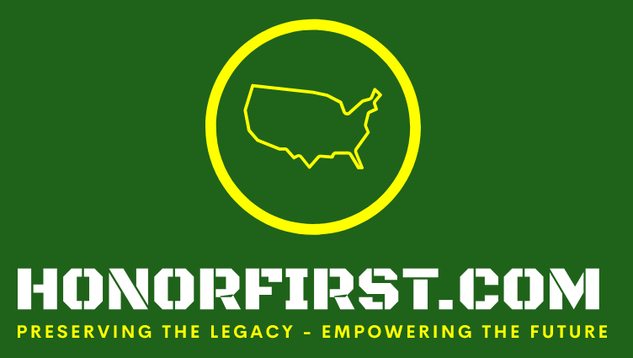

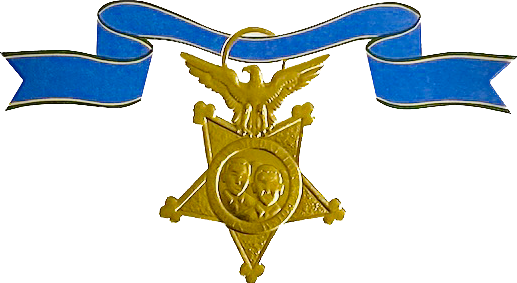
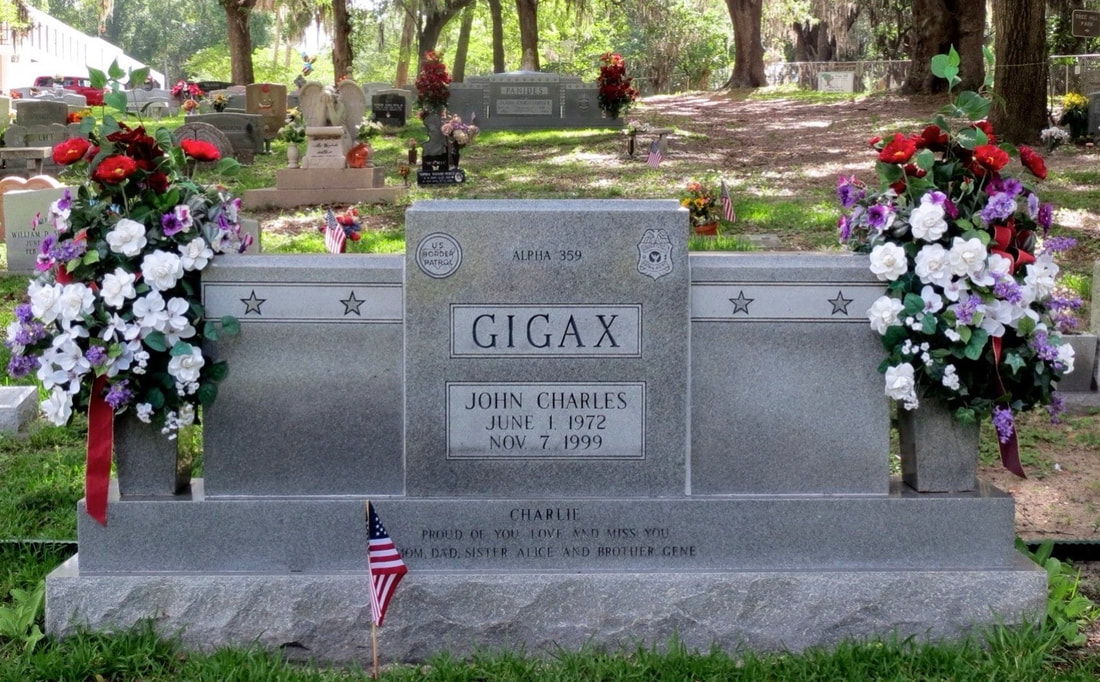
 RSS Feed
RSS Feed
